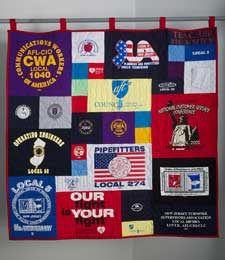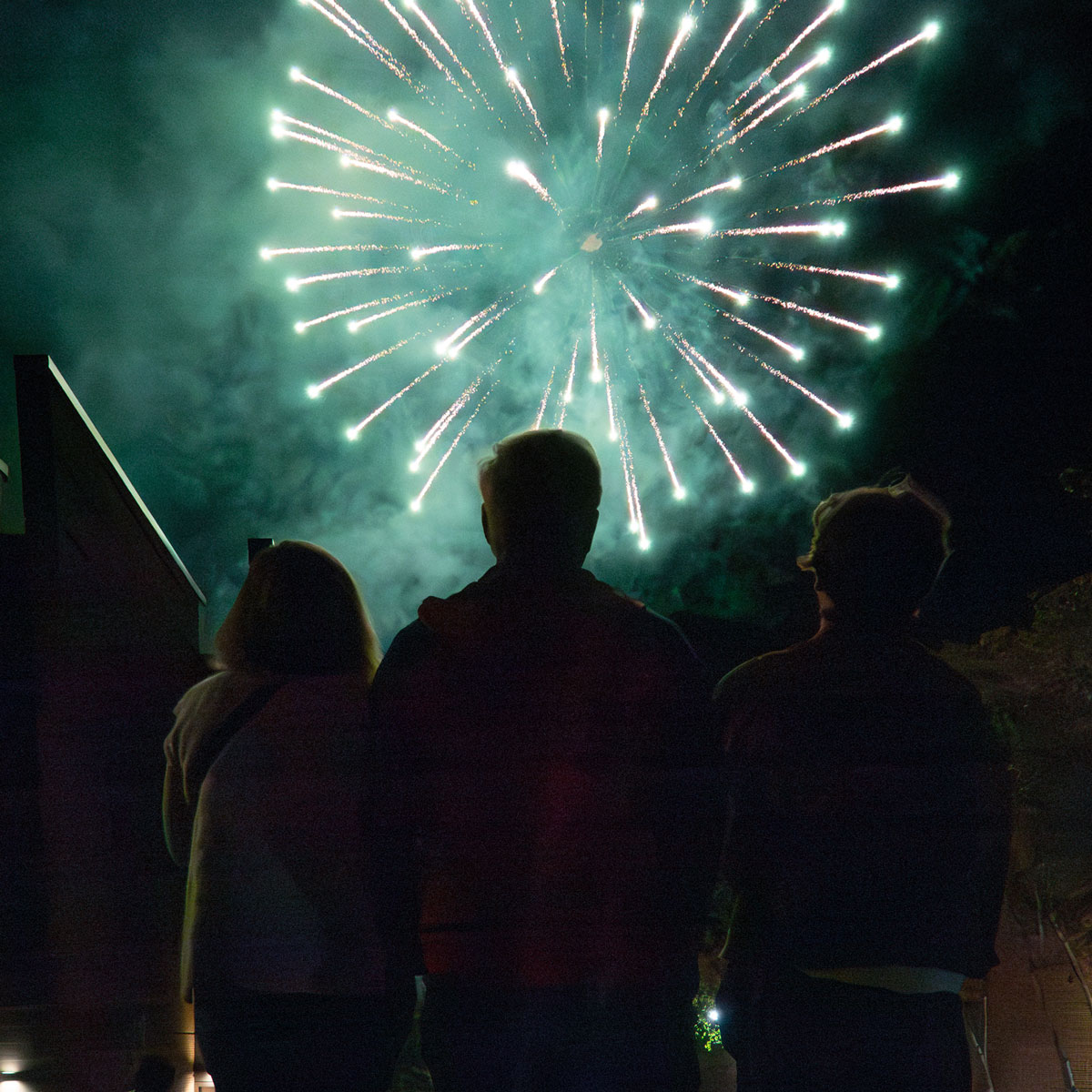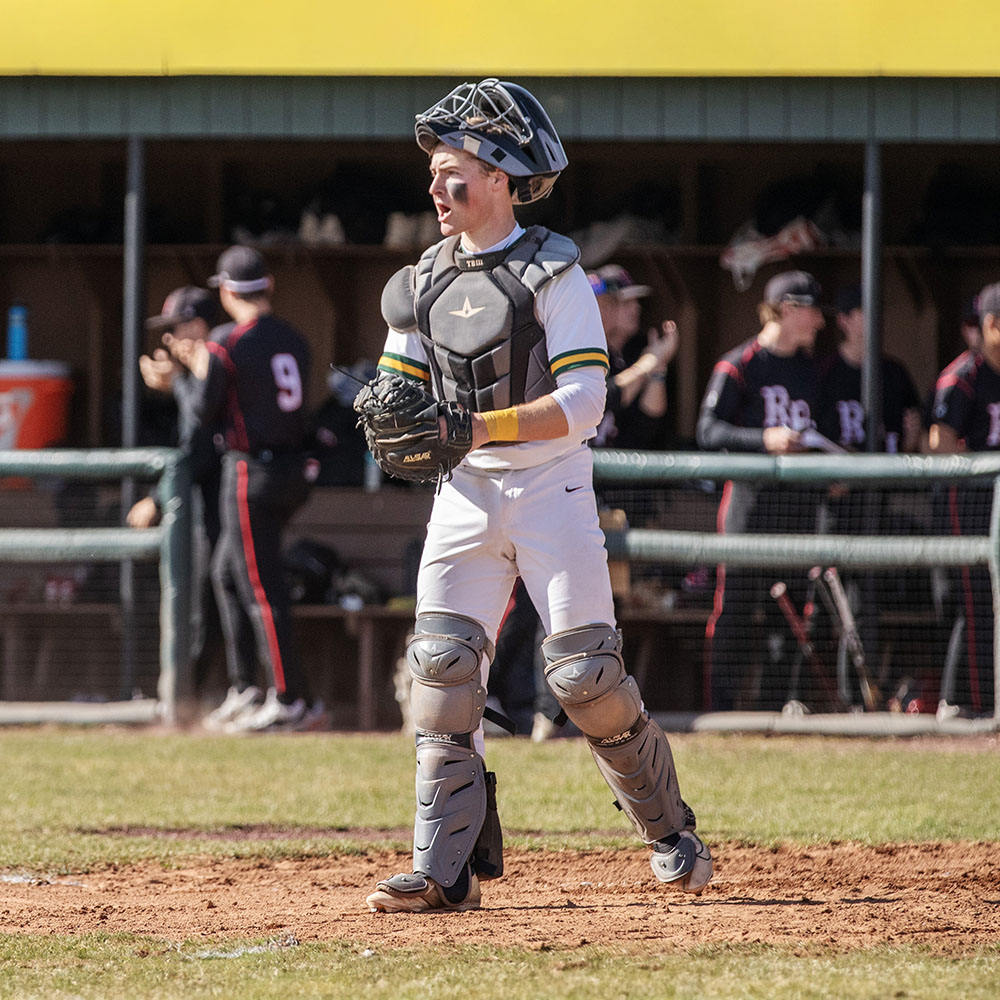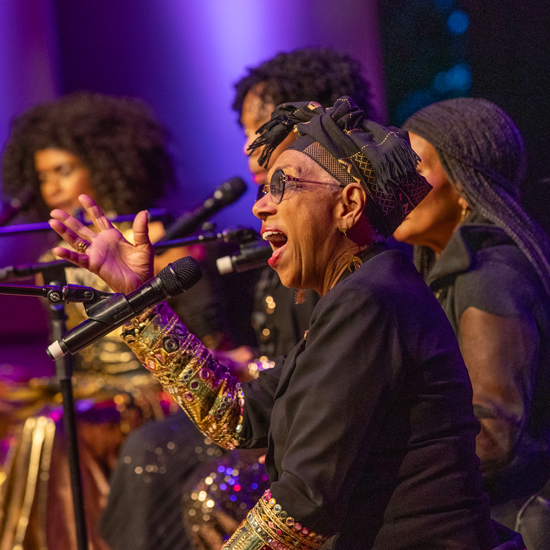"Classless Society" a distinctive exploration of income disparity
Learn more about Classless Society
The Tang will host a Dunkerley Dialogue
at 7 p.m. Wednesday, March 5, featuring
artist Steve Lambert and co-curators
Janet Casey, professor of English, and
Mehmet Odekon, professor of economics.
Admission is free and open to the public.
Economist Mehmet Odekon admits that when he first conceived of a Tang Museum show on class in America, “what I had in mind was putting up charts and statistics.” But co-curating took him well beyond the data, and he now speaks warmly about rich discussions with his collaborators over each item they included in Classless Society, on view from through March 9.
The exhibition gathers contemporary artworks as well as materials drawn from popular culture to examine the nature of socioeconomic class, the viability of “the American dream,” and the reasons why the myth of a classless society persists. Co-curating the show were English professor Janet Casey, Tang curator and assistant director Rachel Seligman ’91, and former Dayton Director of the Tang John Weber, who now directs the Institute of the Arts and Sciences at UC–Santa Cruz.

It's About Power, by Steve Lambert. (Courtesy
of the artist and Charlie James Gallery, Los
Angeles)
Tang staff always say good questions lead to good exhibitions, and Odekon posed one three years ago that resonated immediately with then-director Weber: Why can’t students talk about class issues? “I knew a lot of faculty were frustrated that students have a very hard time thinking and talking about economic privilege and social privilege, and would want to use this show in their teaching,” says Weber. “And that’s one of the definitions of a good Tang show.”
The curatorial team had been fascinated by the traditional narrative that anyone can move up the social ladder to achieve the American dream. “That’s why immigrants come here,” Casey says, “because they think it’s a classless society and there is a lot of fluidity and mobility among the classes. But mobility is shrinking dramatically.” This, she adds, “is very difficult for college students to talk about.” Weber puts it this way: “Over the last 20 years, faculty and students have gotten better at talking about race, gender, and sexuality, but it’s still very hard to talk about who gets to wear jeans that cost $200 and who gets to wear jeans that cost $24.95 on sale.” And so the curators determined to create an exhibition that would get people talking about class in America.
This fall, visitors encountered their first thought-provoking works before even entering the museum, pausing to vote at Steve Lambert’s monumental Capitalism Works For Me! True/False (2011), an aluminum electric sign positioned outside the museum doors. Nearby, in Mierle Laderman Ukeles’s The Social Mirror (1983), they could see themselves reflected in mirrors covering a New York City Sanitation Department truck.
Just inside the Tang’s Malloy Wing, everyone is invited to spin a big, colorful “wheel of fortune,” divided like a pie chart to show the mass of people in the lower classes and the small sliver of the wealthiest class. The wheel indicates how much access to the show the spinners are entitled to based on their station in life. (Yes, that’s only a metaphor—everyone gets to see the whole exhibition—but it does give pause for thought as visitors enter the gallery.)

United Together, a large quilt of labor union
logos. (American Labor Museum/Botto
House National Landmark, Haledon, N.J.
Students at Skidmore, like the population at large, overwhelmingly identify themselves as middle class, even if they are rich or poor. As Casey explains, the perception that everyone is middle class is reinforced by the media, which tends to portray class in terms of extremes: “We are bombarded with images of great wealth and of poverty, the implication being that people watching are in neither of those groups but in the middle.” Odekon observes, “We all like to think we are middle class.” He hears this notion year after year from students in his course “Economics of Income Distribution and Poverty.” But, he notes, 93 percent of total financial wealth in America is held by just 20 percent of its citizens. “There is an immense inequality of wealth as well as income.”
Such data make a powerful backdrop for the show’s proud labor-union quilts made from T-shirts, Jason Simon’s funny-sad video of the addictive consumer Vera (2003), and Chris Bruch’s Roller Roaster (1985), a shopping cart laden with cooking utensils and a grill on which he roasted onions to hand out on streets near chic restaurants. In the photograph series Rich and Poor (1979–85) by Jim Goldberg, captions handwritten by the photo subjects expose sharp class divisions: “We don’t want to be part of the masses. We want to live with style!” stands in contrast, for instance, with “No money means living in the pits.” And Irving Norman’s Meeting of the Elders 3 (1977), a large oil painting, offers a vision of capitalism wherein the greedy “haves” thrive by exploiting the “have-nots.” Like many works in the show, it is both visually compelling and emotionally unsettling.
Weber says, “Some will find the show controversial—hopefully. The system is not working for a lot of people, and that’s very hard for Americans to think about, regardless of their income.” Coming on the heels of the recent Great Recession—after which, says Odekon, “class divisions became sharper and sharper”—the show’s development took on increased relevance. Seligman says, “There is a feeling in the air right now that this is something we all need to be engaging with, and the large numbers of courses that have been working with the show suggest that our faculty are feeling it too.” Classless Society has been a required “text” in many first-year Scribner Seminars, was slated for the syllabus of Casey’s seminar “Class in American Culture” for the Master of Arts in Liberal Studies program, and inspired theater students to develop American Collisions and perform it within the exhibition in October.
Certainly no student has explored it more thoroughly than art major Joe Klockowski ’14. He spent last summer working with Vickie Riley, the Tang's digital resources content producer, to develop the show’s online feature, blending essays, charted data, and powerful audio and video clips compiled during a “Classless Society Stories” project. He found the interactive Web-site development challenging and deeply affecting. “I think the poignancy of the content is the most important aspect,” he says. “There were too many moments where I was taken aback.” Coming into it, he explains, “I thought I knew a bit about the extreme inequality in the American classes, but I was constantly surprised by the actual reality.”
So while there are plenty of graphs and charts, it is the human factor, as revealed in the numbers, in the myths explored and exploded, and in the varied artworks that leaves a lasting impression. Odekon’s hope was that people from across the economic spectrum would view the exhibition, “come out feeling they have something in common,” and then think and talk about what class means in American society today and what the future may hold for the American dream.


